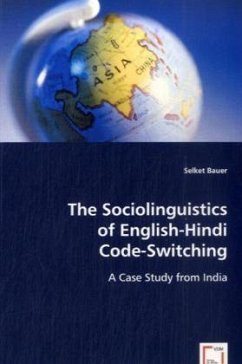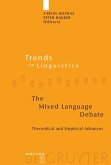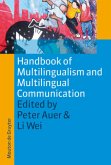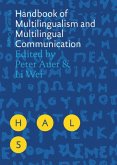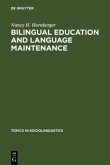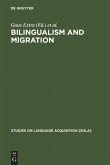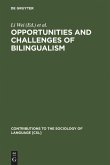A major part of the world's population is bi- or multilingual. Since code-switching is common practice in bilinguals' speech, even various commercial disciplines are becoming increasingly interested in this phenomenon and its underlying mechanisms and effects. Sociolinguistic research, which aims at determining how code-switching creates social meaning and which discourse functions it serves, represents an important field of code-switching research.While all of South Asia is characterised by bi- or multilingualism, there is probably no multilingual society more complex than the Indian one. Apart from the two national languages English and Hindi, more than 100 distinct languages are spoken in the country, with permanent code-switching between several of these languages being an established and accepted practice.This book discusses the different sociolinguistic code-switching theories and their applicability to the Indian context. It then studies English-Hindi code-switching and analyzes the findings against the background of the different theories. The book is aimed both at sociolinguists as well as laypersons interested in the amazing Indian multilingual environment.
Bitte wählen Sie Ihr Anliegen aus.
Rechnungen
Retourenschein anfordern
Bestellstatus
Storno

